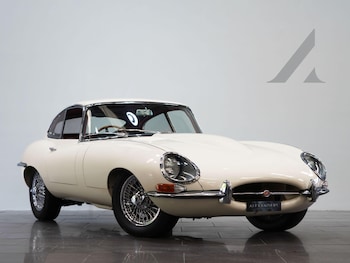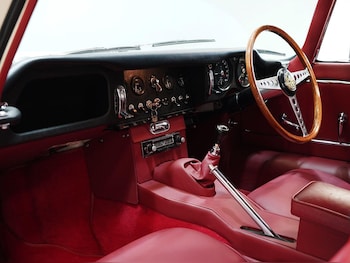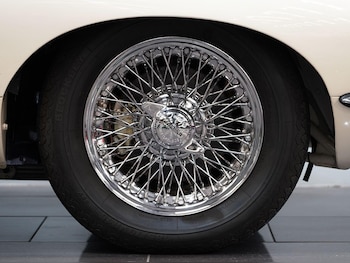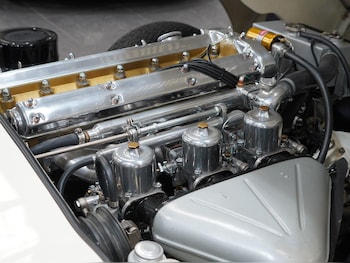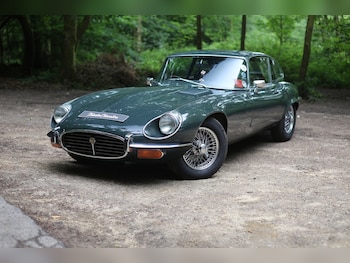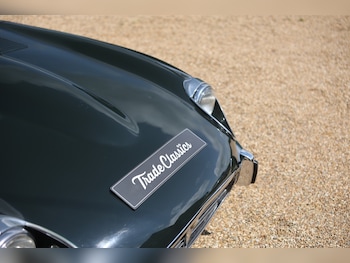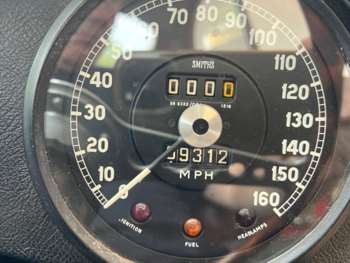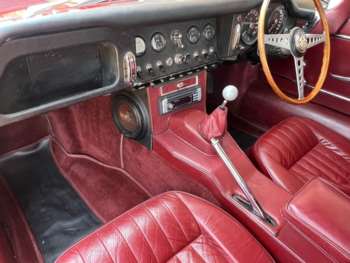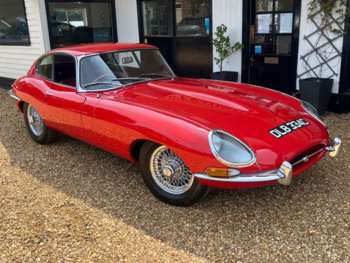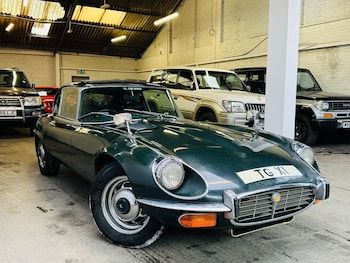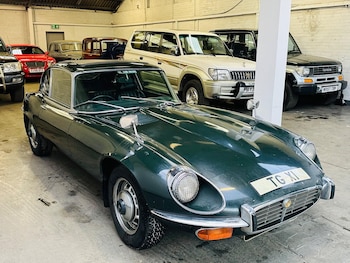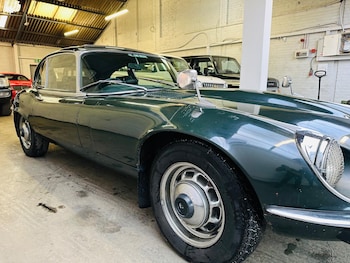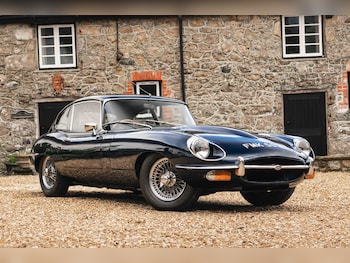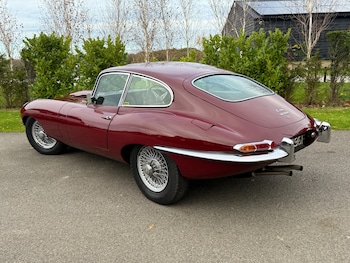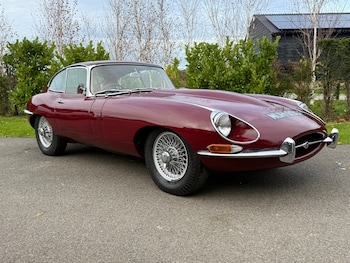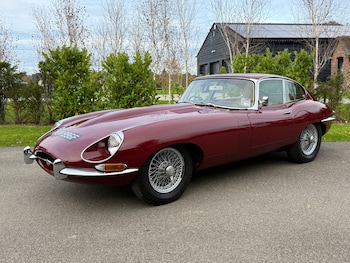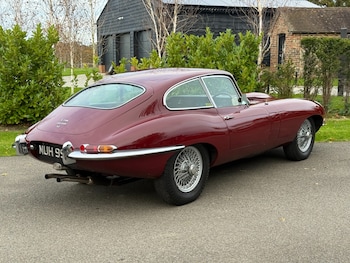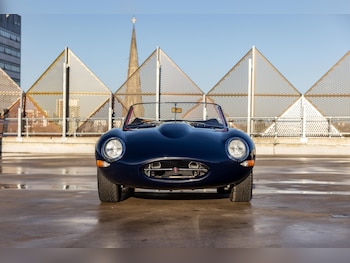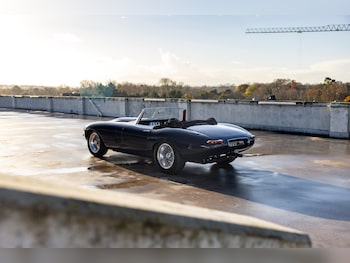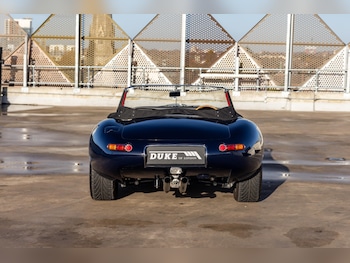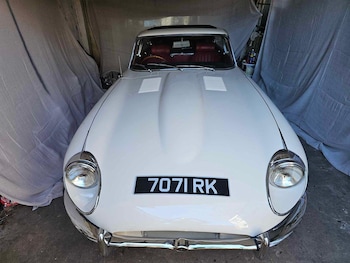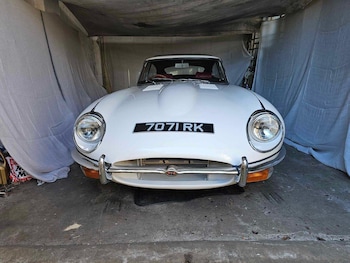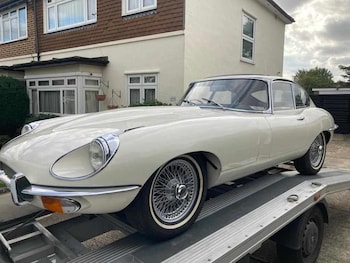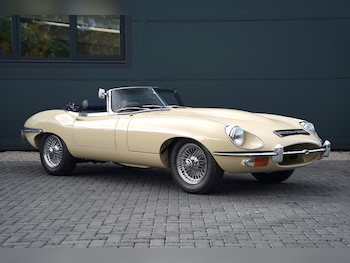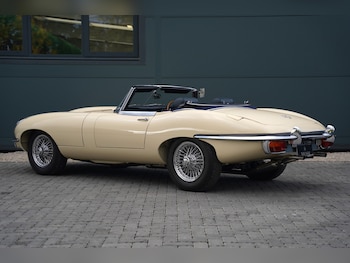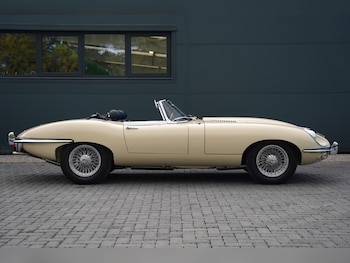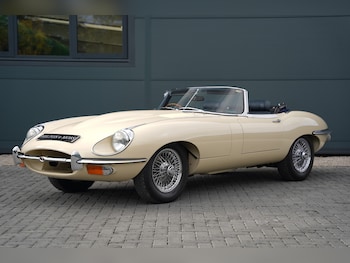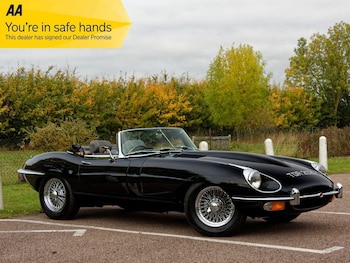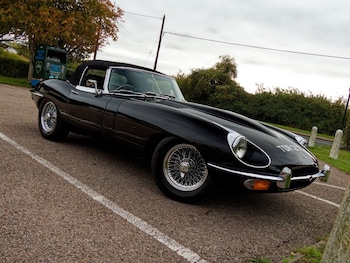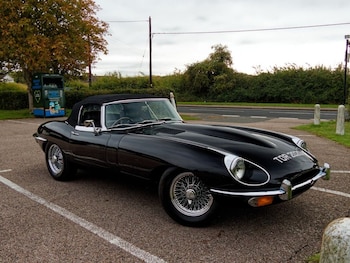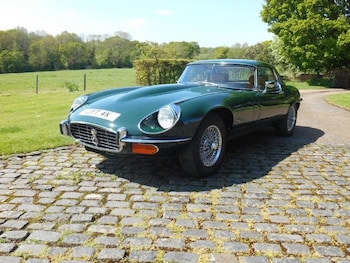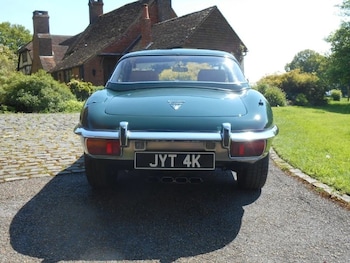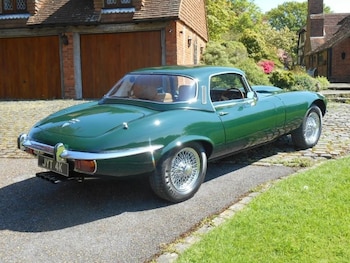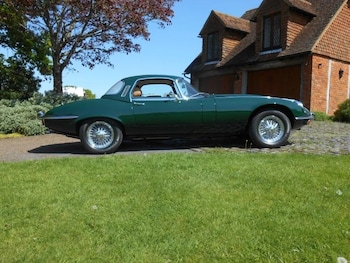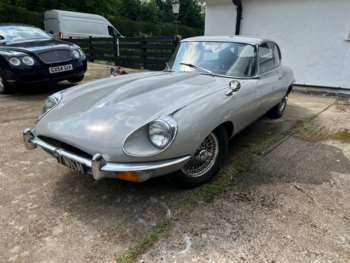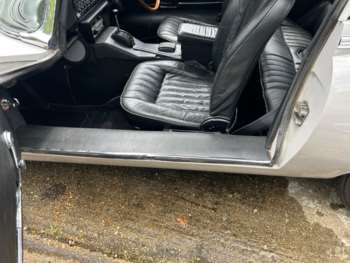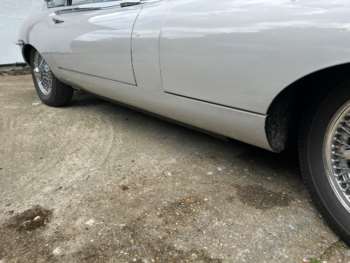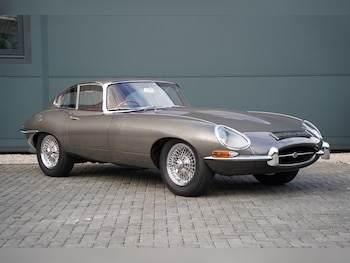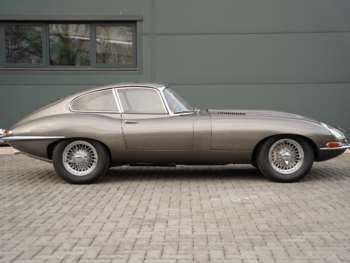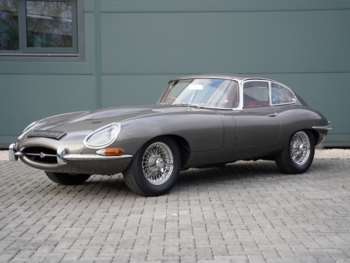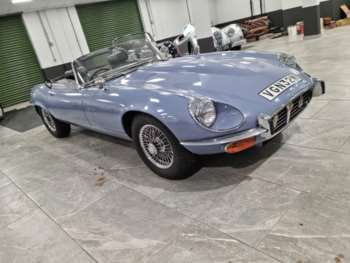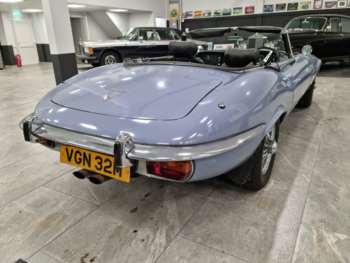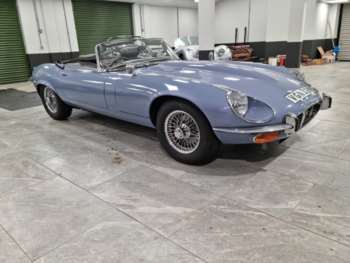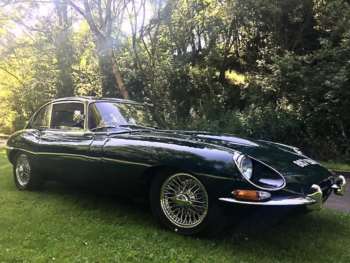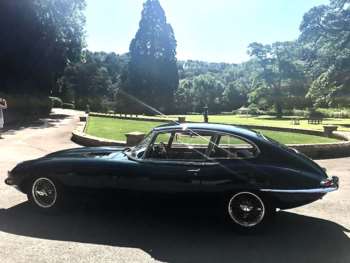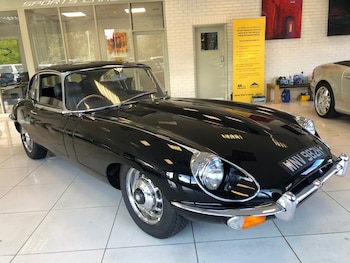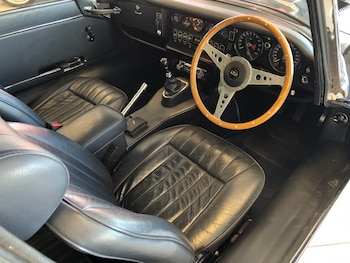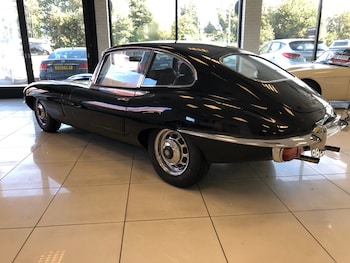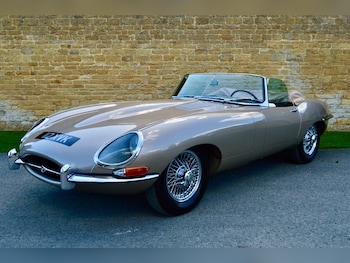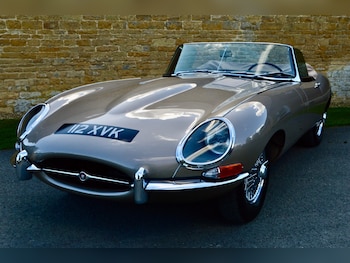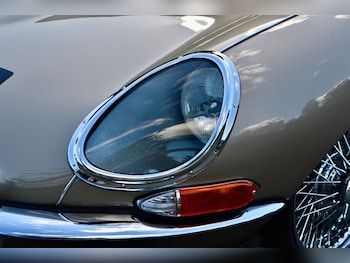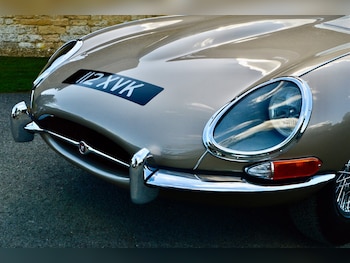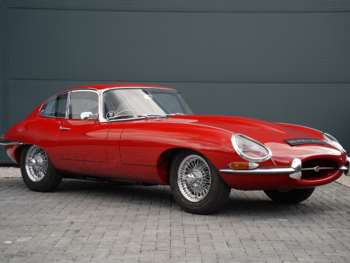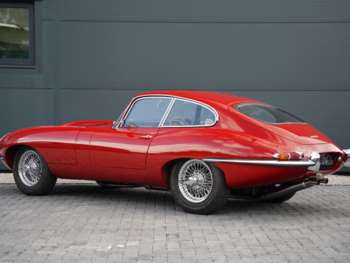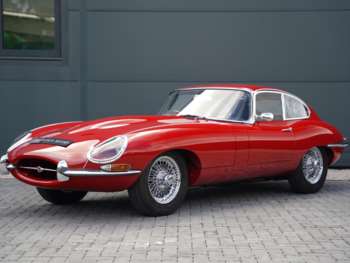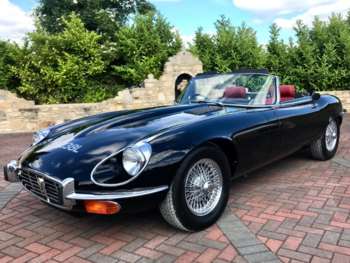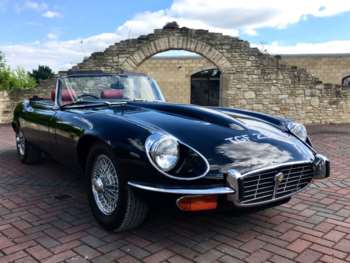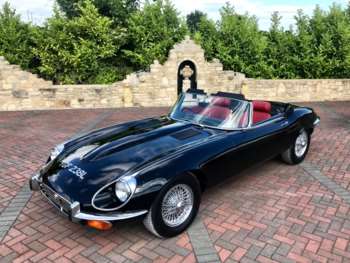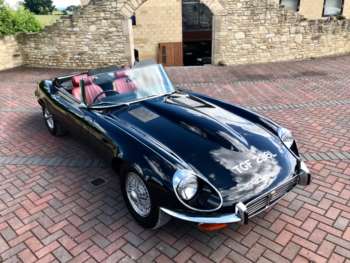Why Buy a Used Jaguar E-Type?
The Jaguar E-Type is more than just a car; it’s a masterpiece that combines legendary design, engineering excellence, and exhilarating performance. Here’s why buying a used E-Type makes sense:
- Timeless Beauty: With its sleek curves and elongated bonnet, the E-Type’s design is as stunning today as it was when it debuted in 1961.
- Historical Significance: This car is a cultural icon, celebrated by petrolheads and art critics alike. Even Enzo Ferrari once famously declared it "the most beautiful car in the world."
- Exciting Drive: Whether it’s the powerful straight-six engines or the later V12 variants, an E-Type offers an unforgettable driving experience.
- Investment Advantage: Owning a classic car like the Jaguar E-Type is not just a purchase; it’s an investment in a vehicle that has consistently appreciated in value over the years.
- Personal Satisfaction: Imagine cruising a country road or arriving at an event in one of the most recognisable cars in the world. An E-Type ensures every drive is a delight.
If the thought of these benefits has you revving your engines, keep reading to learn more about this iconic classic.
Overview of the Jaguar E-Type
The Jaguar E-Type debuted in 1961 to universal acclaim. It was available in three main "Series," which evolved in design, performance, and engineering over the years:
- Series 1 (1961–1968): The original and purest design, featuring covered headlights and a 3.8L, later upgraded to a 4.2L straight-six engine. These are the most sought-after by collectors.
- Series 2 (1968–1971): Slightly modernised with uncovered headlights, improved cooling, and updated brakes.
- Series 3 (1971–1974): Featuring a 5.3L V12 engine and a more robust build, the Series 3 focused on power and comfort. It’s more widely available and often more affordable than the earlier models.
The E-Type came in three body styles:
- Roadster (convertible): Perfect for open-top drives.
- Fixed-Head Coupe (FHC): Sporty and elegant with a hard-top roof.
- 2+2 Coupe: Offering more practicality with slightly more interior room and rear seats.
Each version of the E-Type has its quirks and charms, but they all share that unmistakable design DNA.
What to Look for When Buying a Used Jaguar E-Type
Buying a classic car like the Jaguar E-Type requires keen attention to detail. Here’s a checklist to guide your inspection:
1. Rust Checks
E-Types are infamous for rust issues, particularly in the sills, floor pans, bulkhead, and wheel arches. Rust repair can be costly, so inspect these areas carefully or hire a specialist to assess the car’s condition.
2. Engine Health
Listen for unusual noises, check for oil leaks, and confirm the engine starts easily, even from cold. A clean service history is a good indicator of a well-maintained engine.
3. Matching Numbers
For greater collectability and value, ensure the car has "matching numbers" – meaning the chassis, engine, and gearbox numbers match the original factory records.
4. Electrics
Given its age, electrical systems in an E-Type Jaguar can be temperamental. Test all the lights, indicators, and switches to make sure everything’s in working order.
5. Chassis Condition
The E-Type’s monocoque construction means chassis damage can significantly affect the structural integrity of the car. Look for signs of previous repairs or misaligned panels.
6. Service History
A detailed and documented service history is a must for verifying the car’s condition. Look for records of regular maintenance, restoration work, and use of authentic parts.
7. Test Drive
A test drive can reveal hidden issues. Pay attention to the handling, brakes, and gear changes. The car should feel smooth and responsive.
8. Professional Inspection
If you’re not confident in your assessment, invest in a professional inspection. A specialist will know exactly what to look for and can save you from unexpected headaches later on.
Frequently Asked Questions
What are the main differences between the Jaguar E-Type Roadster and Coupe?
The primary difference lies in the body style. The Roadster is a convertible, ideal for open-top driving enthusiasts, while the Coupe features a hardtop and an elegant fastback design. The Coupe offers more storage space and improved structural rigidity, while the Roadster emphasises the thrill of wind-in-your-hair driving.
How much does a used Jaguar E-Type cost?
The cost of a used Jaguar E-Type varies widely depending on age, condition, and model. Prices typically start at around £50,000 for early Series cars that need substantial restoration, while fully-restored examples or rare models can command six-figure prices, reaching £200,000 or more.
Where can I buy a Jaguar E-Type for sale in the UK?
You can find Jaguar E-Type listings through classic car dealerships, auctions, or online platforms specialising in vintage vehicles. Local car clubs and forums dedicated to Jaguar enthusiasts may also connect you with trusted sellers.
What is the price range for a Jaguar E-Type V12 for sale?
The Jaguar E-Type V12 models, particularly from Series 3, tend to cost between £40,000 and £120,000. The price will depend largely on whether the car is in original condition, fully restored, or needs restoration work.
What should I check when buying a used Jaguar E-Type?
Inspect the body for rust, particularly on the sills, floor pans, and wheel arches. Verify the engine and transmission for proper performance, and check for leaks or excessive wear. Confirm the car's originality and review its service and ownership history. Having a professional inspection by a classic car specialist can provide added assurance.
How do I restore a Jaguar E-Type and how much does it cost?
